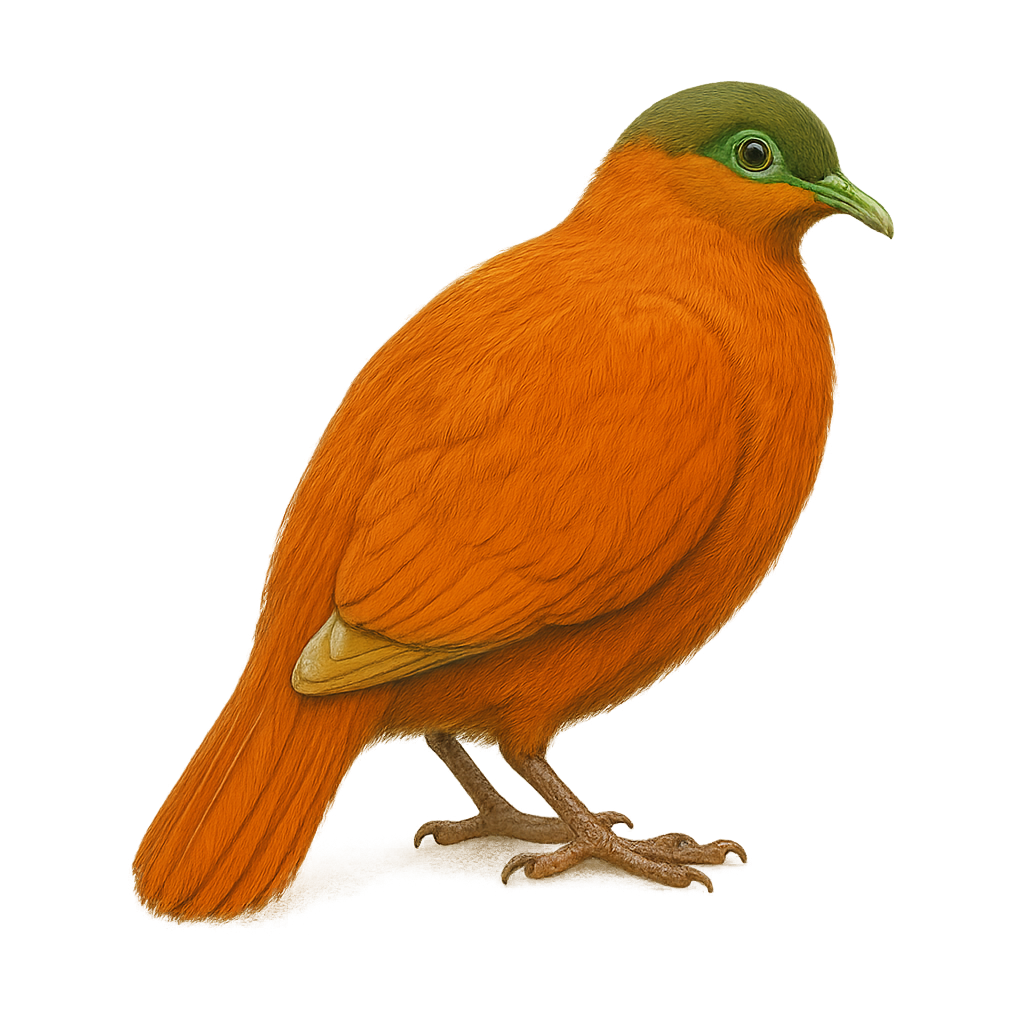Your wildlife photography guide.
Explore the golden dove in detail, study its behavior, prepare your shots.
Where to observe and photograph the golden dove in the wild
Learn where and when to spot the golden dove in the wild, how to identify the species based on distinctive features, and what natural environments it inhabits. The WildlifePhotographer app offers tailored photography tips that reflect the golden dove’s behavior, helping you capture better wildlife images. Explore the full species profile for key information including description, habitat, active periods, and approach techniques.
Golden Dove
Scientific name: Ptilinopus victor

IUCN Status: Near Threatened
Family: COLUMBIDAE
Group: Birds
Sensitivity to human approach: Suspicious
Minimum approach distance: 10 m
Courtship display: June to July
Incubation: 17-19 jours
Hatchings: June to August
Habitat:
Tropical forests, mangroves, wooded areas
Activity period :
Primarily active during the day, with peak activity in the morning and late afternoon.
Identification and description:
The Golden Dove, or Ptilinopus victor, is a bird endemic to the tropical forests of certain Pacific islands. It is recognizable by its striking plumage, with a golden hue on the nape contrasting with the rest of its body, usually metallic green. This medium-sized pigeon measures about 30 cm in length. It primarily feeds on fruits, seeds, and occasionally insects. Its natural habitat is threatened by deforestation and the introduction of invasive species. It is often seen in pairs or small groups, and its soft, melodious voice is a distinctive sign of its presence in the dense canopy.
Recommended lens:
400 mm – adjust based on distance, desired framing (portrait or habitat), and approach conditions.
Photography tips:
To photograph the Golden Dove, it is advisable to use a telephoto lens of at least 400 mm to capture precise details without disturbing the bird. Look for areas where these pigeons feed, often in fruit trees. Be patient and discreet, as they can be suspicious. The natural light of the morning or afternoon is ideal to highlight the golden colors of their plumage.
The WildlifePhotographer App is coming soon!
Be the first to explore the best nature spots, track rutting seasons, log your observations, and observe more wildlife.
Already 1 430 wildlife lovers subscribed worldwide

